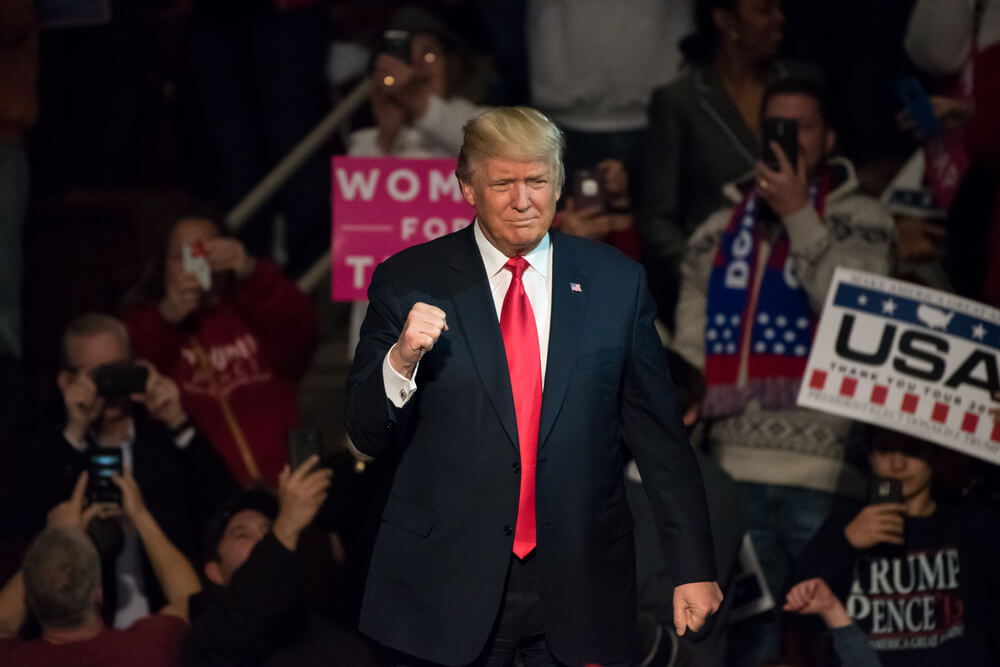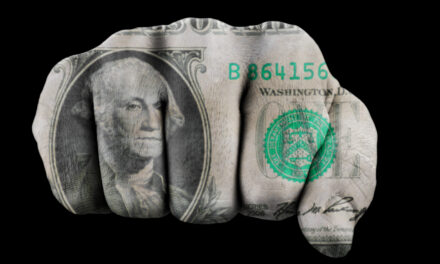With President Donald Trump sticking to his guns on his campaign promises to level the trading field, several of the United States’ closest trade partners have felt the brunt of new tariffs on steel and aluminum imports.
“Any country that devalues their currency to take unfair advantage of the United States and all of its companies that can’t compete will face tariffs and taxes to stop the cheating,” Trump proclaimed at a 2016 campaign rally in Tampa, Fla.
Since taking office, Trump has followed through with his promise to pull the U.S. out of the Trans-Pacific Partnership, a 12-nation free trade agreement he felt would allow countries like China, which wasn’t part of the TPP, to take advantage of the U.S. by moving American jobs to countries with cheaper labor.
While Trump delivered on pulling out of the TPP, efforts are ongoing to fulfill other campaign promises on trade, namely a renegotiation of the often-maligned North American Free Trade Agreement, and instituting tariffs on goods imported to the U.S.
On June 1, a 25 percent tariff on steel imports and a 10 percent tariff on aluminum went into effect. The White House believes the tariffs will help domestic producers while protecting American workers and jobs from cheap foreign steel and aluminum.
The U.S. imports steel from more than 100 countries, but three-quarters of it comes from just seven: Canada, Brazil, South Korea, Mexico, Russia, Turkey and Japan, according to the International Trade Organization.
Only time will tell if Trump’s tariffs will help put the U.S. on better footing when it comes to trade. Tariffs imposed by former presidents Ronald Reagan, Bill Clinton and George W. Bush didn’t exactly pay off, with Bush’s 2002 tariffs likely causing more harm than any good that may have come from them.
Here’s who Trump’s tariffs will hit the hardest:
Mexico
Mexico is in a precarious position regarding the tariffs because as much as 80 percent of the country’s exports come to the United States, a strong deterrent against retaliation. However, Mexico has introduced tariffs of its own on apples, pork products, whiskey and cheese. So while Mexico can’t win an all-out trade war with the U.S., this southern neighbor can inflict economic harm to key Trump constituents.
Turkey
Trade between Turkey and the U.S. topped $22 billion in 2016, the most ever. Turkey is the world’s eighth-largest steel exporter, and the U.S. was Turkey’s top market for steel in 2017, accounting for 5.6 percent of American steel imports. Leading Turkish steelmaker Borusan Holding is considering expanding its plant in the U.S. to help offset the tariffs, which would help create more American jobs.
Japan
Japan has argued for exemption from the tariffs, putting the sum at about $440 million in additional duties on Japanese steel and aluminum. Japanese automakers have warned of higher prices in retaliation, though much of the steel used in making parts is sourced locally, making them less vulnerable to tariffs than aluminum products.
South Korea
South Korea, which ranks seventh among U.S. trading partners, formally exempted South Korea for the steel tariff, instead opting for a 2.68 million tons per year quota, which could cost the country more than $550 million. The quota is about 70 percent of the average steel imports to the U.S. from South Korea, which is still subject to the aluminum tariff.
China
Trade tensions with China have escalated recently. The country stands to lose nearly $555 million, mostly due to the 25 percent aluminum tariff. Trump also has levied tariffs on $50 billion of Chinese goods, and recently threatened to take matters even further.
Russia
Russia is not among the top 15 trading partners of the U.S. so retaliation won’t be felt as much on the American side, but the tariffs will cost the country upwards of $651 million. NLMK, Russia’s top steelmaker, has said it might be forced to close its U.S. division due to the tariffs.
Brazil
Brazil, which accounts for about 14 percent of U.S. steel imports, could lose more than $650 million due to the tariffs. The country sent nearly 33 percent of its steel exports to the U.S. in 2017, and accounts for nearly 2 percent of the United States’ overall trade percentage.
Canada
Canada was the second-largest trading partner of the U.S. in 2017 according to the Bureau of Labor Statistics. That is currently tied with China, each accounting for 15 percent of the of the United States’ total trading volume. About 40 percent of aluminum imports and 16 percent of steel imports come from Canada, which stands to lose around $2 billion due to the tariffs, making it the country that stands to lose the most.




